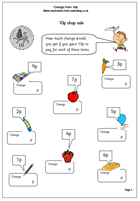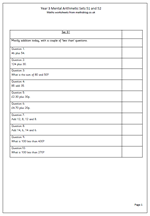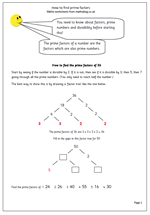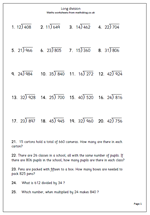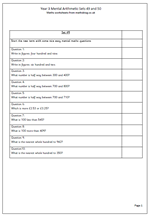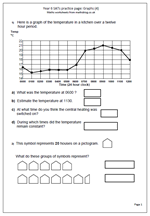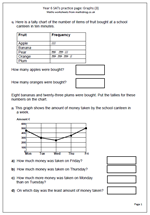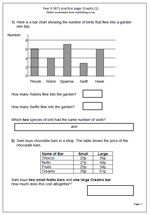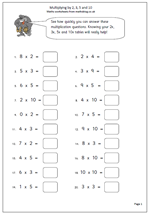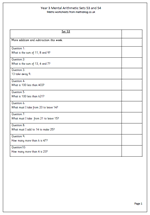 I continue on with the weekly sets of mental arithmetic for Year 3. This week the questions concentrate on addition and subtraction, including adding three numbers ‘in your head’. Both the first two questions are designed so that pairs that make 10 can be spotted e.g. 11 + 8 + 9, where the easiest way to do this is to firstly add the 11 and 9 to make 20.
I continue on with the weekly sets of mental arithmetic for Year 3. This week the questions concentrate on addition and subtraction, including adding three numbers ‘in your head’. Both the first two questions are designed so that pairs that make 10 can be spotted e.g. 11 + 8 + 9, where the easiest way to do this is to firstly add the 11 and 9 to make 20.
Children need to listen carefully to the questions to make sure that they carry out the right calculation. For example;
‘What must I add to 14 to make 25?’
Some children will here add, 14 and 25 and immediately add 14 and 25 to make 39, when they should, of course, subtract.
In a similar ay, the question:
‘How many more than 4 is 23?’
will be interpreted by some as adding 4 to 23 rather than counting on from 4 to 23.
